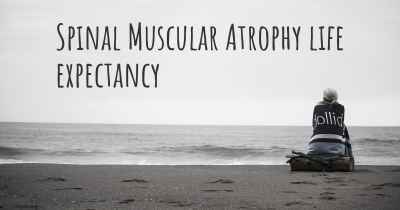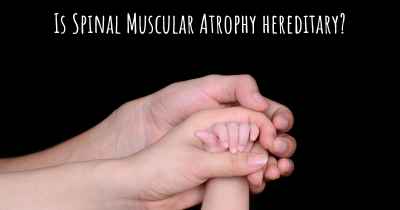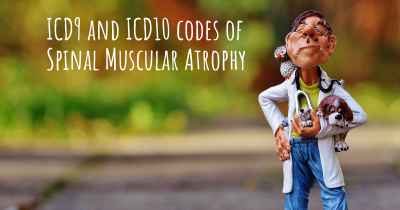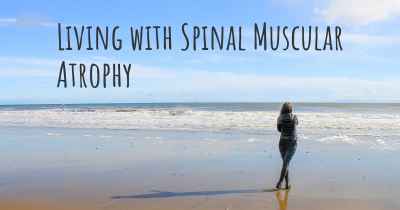Which are the symptoms of Spinal Muscular Atrophy?
See the worst symptoms of affected by Spinal Muscular Atrophy here

Symptoms of Spinal Muscular Atrophy
Spinal Muscular Atrophy (SMA) is a genetic disorder that affects the motor neurons in the spinal cord, leading to muscle weakness and atrophy. The severity of symptoms can vary widely, ranging from mild weakness to severe disability. SMA is classified into different types based on the age of onset and the progression of symptoms.
Type 1 SMA (Werdnig-Hoffmann disease)
Type 1 SMA is the most severe form and typically manifests within the first few months of life. Infants with type 1 SMA have significant muscle weakness and poor muscle tone (hypotonia). They may have difficulty breathing, swallowing, and coughing due to weak respiratory muscles. The inability to sit without support and the absence of crawling or walking are also common signs. Babies with type 1 SMA may have a weak cry and may not gain weight or grow at a normal rate. Unfortunately, the life expectancy for type 1 SMA is often limited, and many affected individuals do not survive beyond early childhood.
Type 2 SMA
Type 2 SMA typically presents between 6 and 18 months of age. Children with type 2 SMA have moderate muscle weakness and hypotonia. They may be able to sit without support but are unable to stand or walk independently. Motor milestones are delayed, and they may require assistance or assistive devices for mobility. Breathing and swallowing difficulties may also be present, although they are generally less severe compared to type 1 SMA. Life expectancy for type 2 SMA varies, with some individuals living into adulthood.
Type 3 SMA (Kugelberg-Welander disease)
Type 3 SMA usually becomes apparent in early childhood or adolescence. Individuals with type 3 SMA have milder symptoms compared to types 1 and 2. They may experience muscle weakness, particularly in the legs, which can lead to difficulty walking and frequent falls. Despite the progressive nature of the disease, individuals with type 3 SMA can often maintain the ability to walk into adulthood. However, they may require mobility aids such as braces, crutches, or wheelchairs. Breathing and swallowing difficulties are less common in type 3 SMA.
Type 4 SMA (adult-onset SMA)
Type 4 SMA is the mildest form and typically presents in adulthood. Symptoms may not become apparent until the third or fourth decade of life. Muscle weakness and atrophy are usually limited to the proximal muscles (those closer to the center of the body), such as the hips and shoulders. Individuals with type 4 SMA may experience difficulty with activities that require strength, such as climbing stairs or lifting heavy objects. They may also have mild respiratory and swallowing difficulties, but these are generally less pronounced compared to other types of SMA.
Other symptoms
In addition to muscle weakness and atrophy, individuals with SMA may experience other symptoms related to the involvement of motor neurons. These can include tremors, twitching (fasciculations), joint contractures, and scoliosis (curvature of the spine). Respiratory complications, such as recurrent respiratory infections and breathing difficulties, are common in more severe forms of SMA. Swallowing difficulties can lead to aspiration, where food or liquid enters the airway instead of the stomach, increasing the risk of pneumonia.
It is important to note that the severity and progression of symptoms can vary widely among individuals with SMA, even within the same type. Early diagnosis and intervention are crucial for managing symptoms, optimizing quality of life, and providing appropriate support and care.
Digestive problems
Scoliosis
Posted Feb 22, 2017 by Daniel 1011
Posted Feb 23, 2017 by ugyen 1000
Posted Feb 25, 2017 by Andrea 500
Posted May 2, 2017 by Crystal Rondeau 755
Posted Mar 20, 2019 by Светлана 300
Posted May 10, 2017 by Carmen 1370
Posted Sep 11, 2017 by Ago 200








